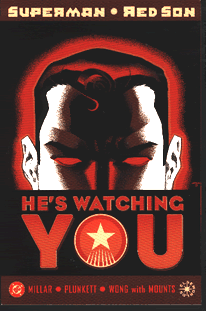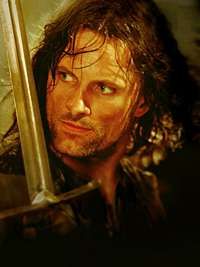
When I last talked specifically about Magic: the Gathering I mentioned the latest edition. I should make special mention of Scars of Mirrodin. I’ve always been a fan of artifacts, and now with the return of this plane to prominence and the prospect of recruiting a planeswalker whose entire shtick is artifice and I’m on board.
One of the new mechanics the expansion brings is metalcraft, a condition that requires a player to have three or more artifacts in play. I’ve begun working on two decks using this mechanic, one because it’s my usual idiom and the other because the creatures involved really tickle my fancy.
Metalcrafted Control
I’ve been back and forth about including white in this deck. Mostly it’s blue, with Vedalken Certarchs rendering threats moot and Stoic Rebuttals countering spells. Etched Champions make for great defenders, but I have little in terms of outright attackers save for my Steel Hellkite. I do have a pair of Auriok Edgewrights who would benefit from the equipment sought by the Trinket Mages when they’re not grabbing my Mox Opal or one of my many Memnites. And I feel a little silly putting the Opal in a mono-colored deck, but maybe that’s just me.
I think I could make it work, and should I ever managed to recruit Venser, he’d fit right into the scheme.
Metalcrafted Myrs
 Okay, maybe this is just me (again), but I happen to think the Myr creatures are pretty cute. Scars of Mirrodin has an excellent starter for making a Myr deck, one I plan on acquiring, and I already have a pair of Myrsmith cards that will make me produce the little suckers like crazy. Combined with a little metalcrafted red in the form of Embersmiths and Galvanic Blasts to deal with threats, the Myr Battlesphere shouldn’t take long to roll its way to victory. It may take some time to acquire some of the cards that I’d love to put in this deck, like Indomitable Archangel or Kuldotha Phoenix, but I’m refraining from buying individual cards over the Internet. It’s simply not in my budget.
Okay, maybe this is just me (again), but I happen to think the Myr creatures are pretty cute. Scars of Mirrodin has an excellent starter for making a Myr deck, one I plan on acquiring, and I already have a pair of Myrsmith cards that will make me produce the little suckers like crazy. Combined with a little metalcrafted red in the form of Embersmiths and Galvanic Blasts to deal with threats, the Myr Battlesphere shouldn’t take long to roll its way to victory. It may take some time to acquire some of the cards that I’d love to put in this deck, like Indomitable Archangel or Kuldotha Phoenix, but I’m refraining from buying individual cards over the Internet. It’s simply not in my budget.
Archenemy
 This casual variant is a lot of fun. The scheme cards not only provide a great opportunity to use your best evil mastermind voice, they present the other players with unique challenges every turn and make them work for their victory. It’s really nice to see Magic promoting a form of cooperative play. There’s no backstabbing in Archenemy, partially because every spell counts and partially because there’s simply no time.
This casual variant is a lot of fun. The scheme cards not only provide a great opportunity to use your best evil mastermind voice, they present the other players with unique challenges every turn and make them work for their victory. It’s really nice to see Magic promoting a form of cooperative play. There’s no backstabbing in Archenemy, partially because every spell counts and partially because there’s simply no time.
Using the Scorch the World with Dragonfire deck as a jumping-off point, I may end up pulling some cards from other decks to make this threat a red-black one instead of red-green. While red-green is a color combination more commonly associated with dragons than red-black, some of the tools available will make for very nasty surprises, not to mention some of the tasty things available in another Archenemy deck, Bring About The Undead Apocalypse.
Other Decks
I’m still working on my idea for a Commander (formerly known as ‘Elder Dragon Highlander’) deck, and my old decks aren’t really going anywhere. Especially not Chronomancy. But the Sliver deck and the others are somewhat semi-retired at this point, or will be once I get the Myr of Mirrodin starter. I’d like to take a crack at some standard constructed play, after all. It can be a lot of fun to compete in these things, and Cyborg One in Doylestown has a great atmosphere I wish to further explore.
It seems my planeswalking has only just begun.



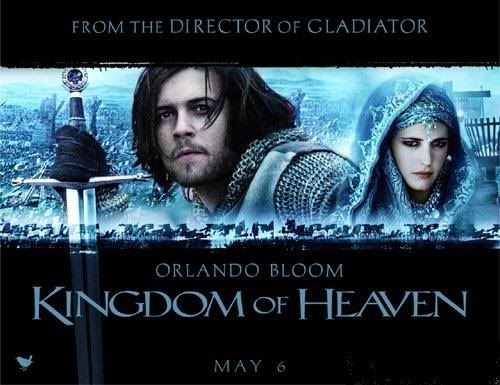
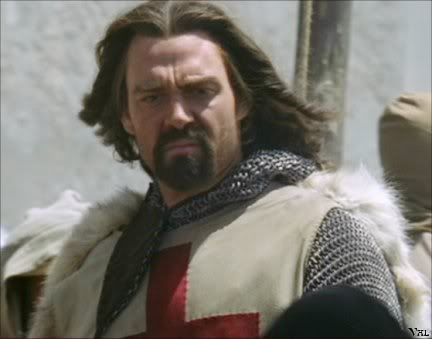
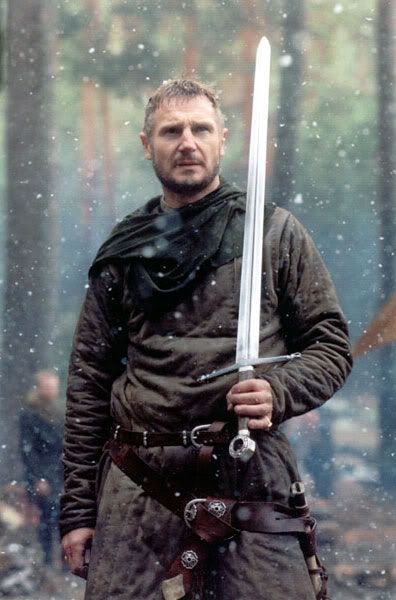
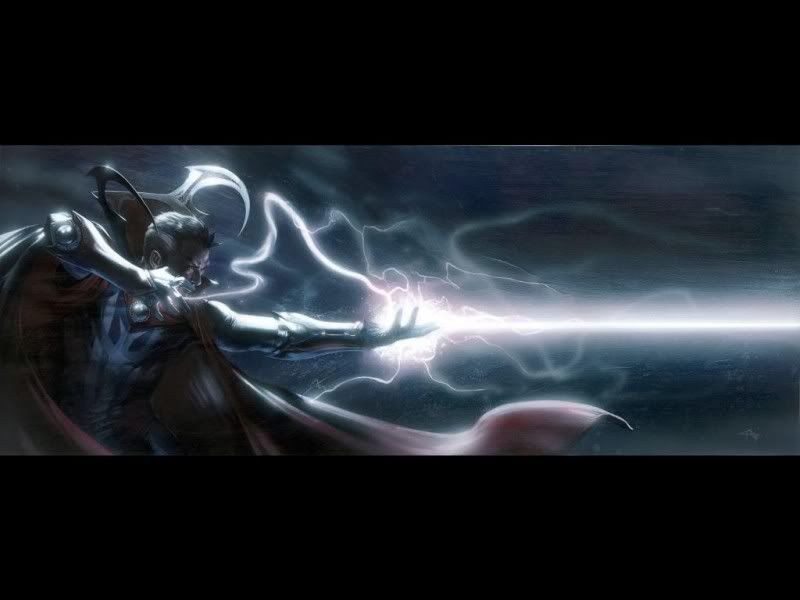
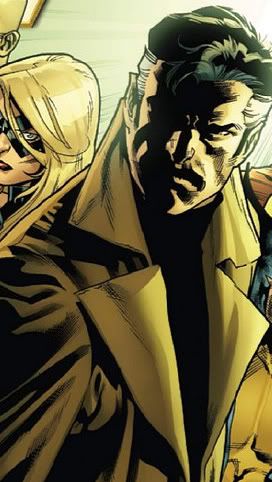 I have to wonder if, these days, walking as he does with a sullen disposition and rocking a mean trenchcoat, he ever thinks back to those days as a surgeon, to the way he’d casually light a cigarette the moment he’s out of the operating room ensuring the patient can pay for the life-saving medicine he just administered. Since becoming a sorcerer, he’s never demanded payment, never asked for special recognition or reward. Even when he’s all but bugged to remain with Luke Cage’s New Avengers, he politely and humbly tries to tell them he’s not worthy to stand among them, that his mistakes are too great, his burdens too much for others to bear. Yet he has borne the hardships of others many times, and when Strange finally cracks the smallest of smiles, it’s a greater statement than reams of text could make.
I have to wonder if, these days, walking as he does with a sullen disposition and rocking a mean trenchcoat, he ever thinks back to those days as a surgeon, to the way he’d casually light a cigarette the moment he’s out of the operating room ensuring the patient can pay for the life-saving medicine he just administered. Since becoming a sorcerer, he’s never demanded payment, never asked for special recognition or reward. Even when he’s all but bugged to remain with Luke Cage’s New Avengers, he politely and humbly tries to tell them he’s not worthy to stand among them, that his mistakes are too great, his burdens too much for others to bear. Yet he has borne the hardships of others many times, and when Strange finally cracks the smallest of smiles, it’s a greater statement than reams of text could make.